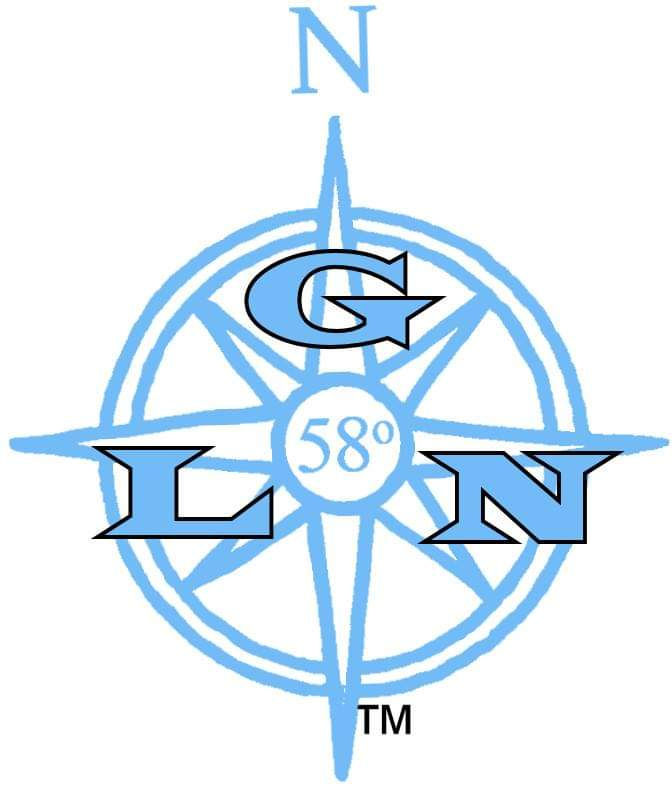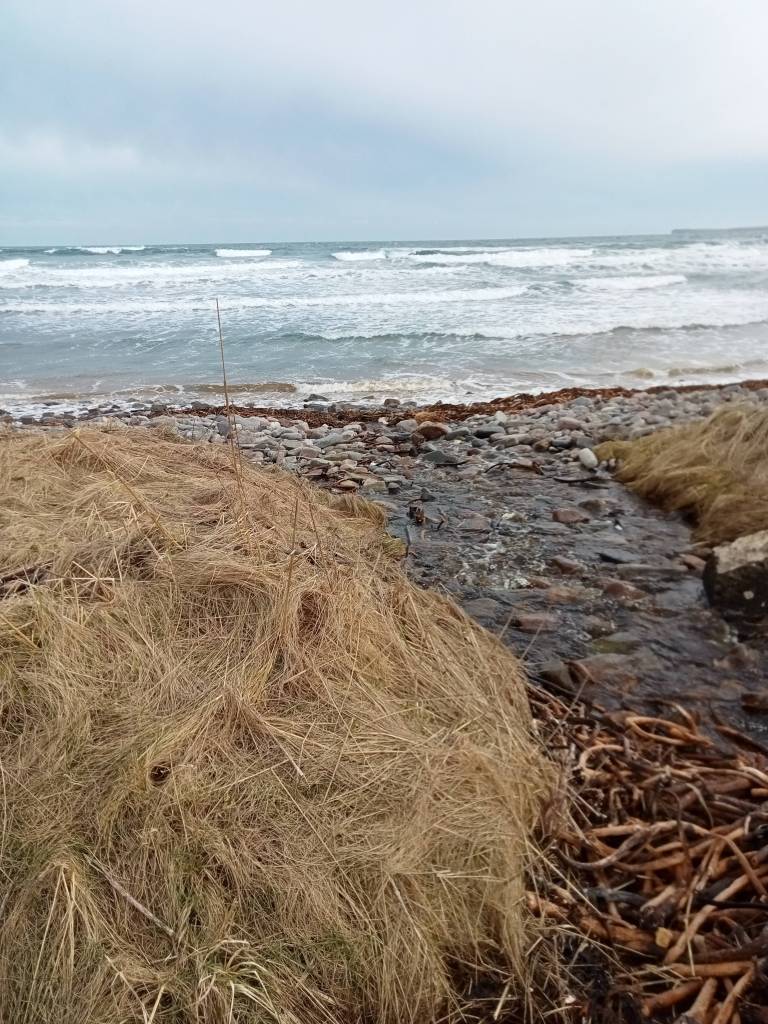
The Moray area input to the Nortrail and the developer input her ideas to their list of projects. She was delighted to find tourism among them and looks forward to working with the Cullen voluntary tourism project to help them become sustainable in the long term and of course develop the wider project of the North Highland Way to the Scottish Coastal Path.
Membership of the Moray Firth Coastal Partnership is a good move for this area. There are some nice little ports.
As opposed to the Moray Firth Trail, the Moray Coastal Trail is further south, whereas the Moray Firth Trail is from Inverness to Duncansby Head. We have several events on the Moray Firth Trail.
SCOTO represents the Moray Trail
There are some issues with access though, especially around Sinclairs Bay and around Helmsdale and Brora. This path is not promoted very well
Moray Firth Trail links up with the North Highland Way

We are recceing in preparation for Orca Watch where we are looking out for cetaceans on May 26 and 2 June.
We have beach cleans on the Moray Firth Trail.
The Moray Firth Trail is the northern end of the better known Moray Coast Trail. The geology of the route along the east coast of Scotland from Inverness to Duncansby Head is totally different to that on the North Highland Way from Duncansby Head to Durness.
Both routes take in the best of the cultural and spots the area has to offer. At Golspie, Helmsdale, Dunbeath and Sinclair Bay and on the North Highland Way the historic crossroads for Gaels at Tongue, home to the Picts and Vikings, provides a great stop off in the middle of the Way. Sutherland is a county of two halves. The north and the east are
distinctly different in terms of culture and history.
North Sutherland is home to the North Highland Way, a route long awaited, since 1992 in fact. John o Groats and nearby Duncansby Head are very popular with tourists and local people alike. To say that the scenery is “stunning” is an understatement. The tiny remote coastal cottages, the thrash of the Atlantic. To the landward side, masses of colour with gorse and heather in full bloom in the spring and hills just begging for you to walk them. It is not as mountainous as the north, but is no less spectacular. To say that the beaches are “magnificent” is an understatement. The ambitious “Nortrail” spanned 7 countries and 7000km in length.
The Moray Firth Partnership was the lead organisation on the Moray Firth Trail. The vision by the Moray Firth Partnership was not only to create a walking route, but also a cultural trail visiting such places as the newly renovated Thrumster railway station. It was considered to be a learning journey, as well as an opportunity to get out and about and enjoy the glory of the east coast of Sutherland and Caithness. Running alongside the A9, there are plenty of places to stop off and enjoy the scenery and of course the food. The fish and chip shop in Golspie is particularly good and very famous. The current vision is to create a walking, cycling and horse riding route akin to the model provided by The Highland Council for the north coast from Duncansby Head to Durness, via Dunnet Head, and join up with the Cape Wrath Trail.
The Moray Coast Trail runs 50km from Forres to Cullen, and is one of Scotland’s Great Trails as defined by Nature Scot. They are “managed trails that are clearly waymarked, run largely off-road and offer a choice of welcoming visitor services. Ranging in length from 24-210 miles (40-340 km), many are suitable for short breaks as well as end-to-end
expeditions. Collectively the 29 different routes offer over 1900 miles (3000 km) of trails with opportunities to explore the best of Scotland’s nature and landscapes, and to experience our amazing history and culture” (Nature Scot).
The eastern seaboard along the coast from Inverness to Helmsdale offers one of the best train journeys in the world. It is a four-hour journey but well worth the time spent, and travellers can hop and off the service if they do not have the time to traverse the route in
one go. The Flow Country, one of Europe’s last wildernesses, is particularly spectacular with its wide open spaces, peatlands, and deer. The train wriggles out of Inverness, if a two-carriage train can be said to “wriggle”. It cannot get across the Dornoch bridge, so goes the long way round through quaint villages off the beaten track. Customer service is always second to none. The staff are always so welcoming and helpful. There is no buffet car available, so make sure you stock up on provisions before you board the train.
According to the booklet “Northern Lights” produced by the ferry service, Northlink, which serves the Scrabster to Stromness route, the Black Isle is the first highlight north of Inverness. The peninsula is surrounded on three sides by the sea and was previously isolated. However, the Kessock and Cromarty bridges now form part of the A9 and make the area more accessible. Northlink recommends taking a pause at Munlochy Clootie Well.
Tain is another great place to take a break. The Cromarty Firth is used for maintenance of oil rigs, and you will often see the statuesque rigs standing proud against the blue sky. It is said that the area was used to practice for the D-Day landings. Glenmorangie Whisky is distilled in Tain, and the Tolbooth tower is used as the courthouse.
Golspie is well undersold on the tourism map. It is home to the Timespan Visitor centre. The train traveller can enjoy the click click of the train on the tracks as it traverses beside the long sandy beach. Ben Bhraggie hill has a controversial status on the summit, portraying the 1st Duke of Sutherland, who was involved with the Highland Clearances.
Reiss beach is made up of stunning white sand and adorned at each end by a 16th century castle. This is more commonly known as Sinclair’s Bay. There are remains of WWII you can learn about Caithness at War. The beach is of stunning white sand and is a great place for a walk on a nice – or even a not so nice day.
Sinclair’s Bay is a single large, white beach, split in half by a stream. With high cliffs behind and sand dunes, the south side of the beach is sheltered from the wind. The beach is peaceful and an attractive spot for surfing enthusiasts with a high quality beach break. The area is a popular place to spot a variety of seabirds and marine life including seals and occasionally orcas. It is said that the area was used to practice for the bouncing bombs, but to date there has been no conclusive evidence.
Wick is a haven for culture and heritage, with its stunning architecture and the history of the herring industry. There is a heritage path at Wick.
There are plenty of opportunities for sustainable travel, with a train service and a bus service four times per day. There is a cycling route at Golspie as well and some excellent walks in the area. Like the North Highland Way, there are many circular routes to enjoy if you just want a day out.
You can buy a Moray Coastal Partnership bag from our shop.
www.friendsofthenorthhighlandway.com
Discover more from OutdoorActive
Subscribe to get the latest posts to your email.
